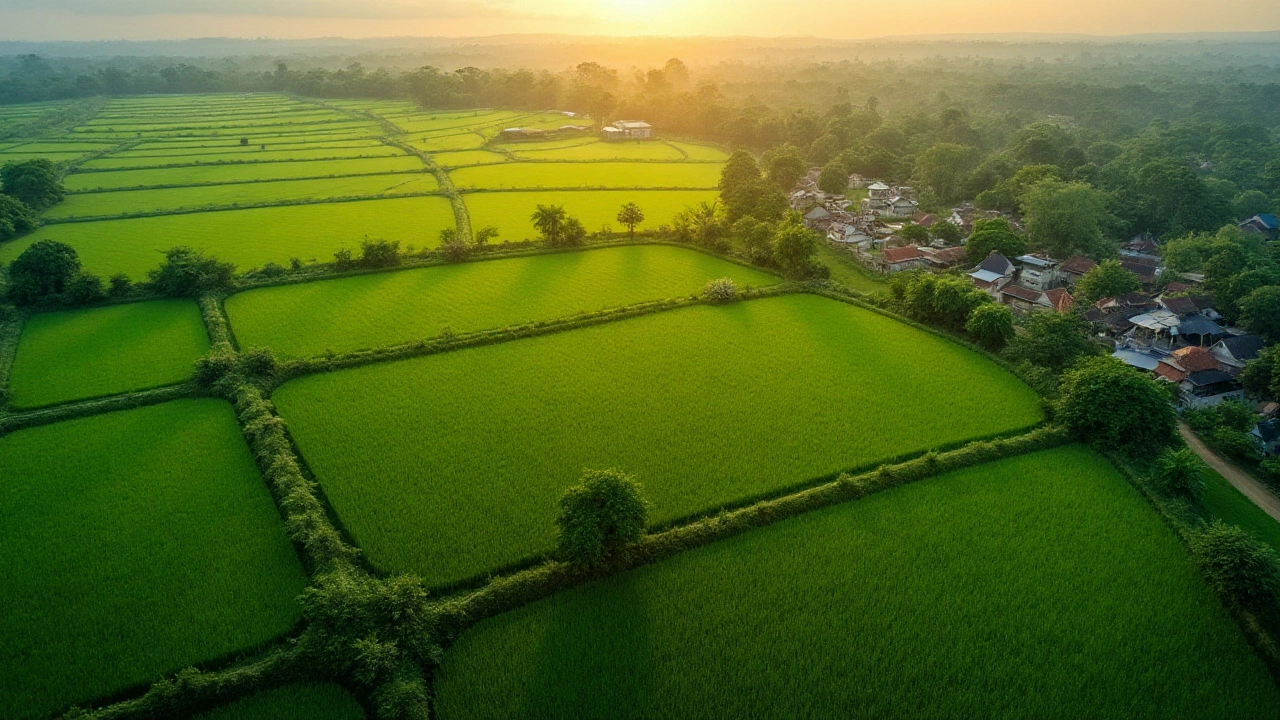5 Acres Explained: Size, Purchase Tips, and Top Uses
Ever wonder how big 5 acres actually is? If you picture a football field, you’re only at about a quarter of the space. Five acres equals 217,800 square feet, roughly the size of 4.5 basketball courts placed side‑by‑side. Knowing the real dimensions helps you decide if the land fits your plans, whether that’s a small farm, a hobby garden, or a future home build.
Visualizing 5 Acres in Real Life
Most people can picture a single acre as a square about 208 feet on each side. Multiply that by five and you get a rectangle that could be 400 feet long and 550 feet wide, or any shape that adds up to the same total area. If you own a car, think about parking it end‑to‑end five times—still far from the full stretch. Seeing the space in familiar units makes it easier to plan where you’ll put a house, driveway, or barn.
Another quick comparison: a standard city block is often about 2‑3 acres. So 5 acres gives you a little more than one and a half blocks. That amount of land can comfortably hold a modest single‑family home with a large yard, a small orchard, or a couple of outbuildings without crowding.
Buying 5 Acres: What to Check
When you start looking for 5‑acre parcels, the first step is to confirm the legal description. Survey maps, property deeds, and local zoning rules tell you what you can actually do with the land. Some areas restrict building heights, require a certain percentage of the lot to stay green, or limit agricultural activities.
Next, look at access. Does the property have a paved road, or will you need to build a driveway? Easy access affects construction costs and resale value. Also, check utilities—water, electricity, and internet may be far away, raising the price of hooking them up later.
Don’t ignore the soil. For farming or gardening, a soil test shows pH, nutrient levels, and drainage quality. If the soil is poor, you might need to invest in amendments before planting anything.
Finally, consider the 5% rule or the 5‑acre rule many investors use to compare renting vs. buying. Roughly, if the annual rent you could earn on the land (or a built‑on property) is less than 5 % of the purchase price, buying makes sense. Use this quick check to see if the deal is financially sound.
Working with a local real‑estate agent who knows the area speeds up the process. They can spot hidden fees, negotiate seller concessions, and guide you through paperwork. A good agent also knows if the seller is offering a “2 percent cash back” incentive, which can lower your effective cost.
Once you own the 5 acres, think about how to use it. Common choices include building a modest home with space for a garden, setting up a tiny‑farm with chicken coops, or leasing part of the land for solar panels. If you’re in a high‑tax state, remember the 6‑months‑and‑a‑day rule for residency to avoid extra property tax.
In short, 5 acres gives you flexibility without overwhelming complexity. By visualizing the size, checking legal and practical details, and applying simple investment rules, you can turn a five‑acre parcel into a valuable asset that fits your lifestyle or portfolio.
Understanding the Size of 5 Acres: A Visual Guide
by Arjun Mehta Dec 14 2024 0 Real EstateExploring the true size of a 5-acre plot can be challenging without a visual reference. This article breaks down what 5 acres look like by comparing it to familiar spaces and structures. Discover fascinating insights and practical tips for potential land buyers or anyone curious about land dimensions. Understand how this specific land size transforms in different contexts and why it matters in real estate.
READ MORE